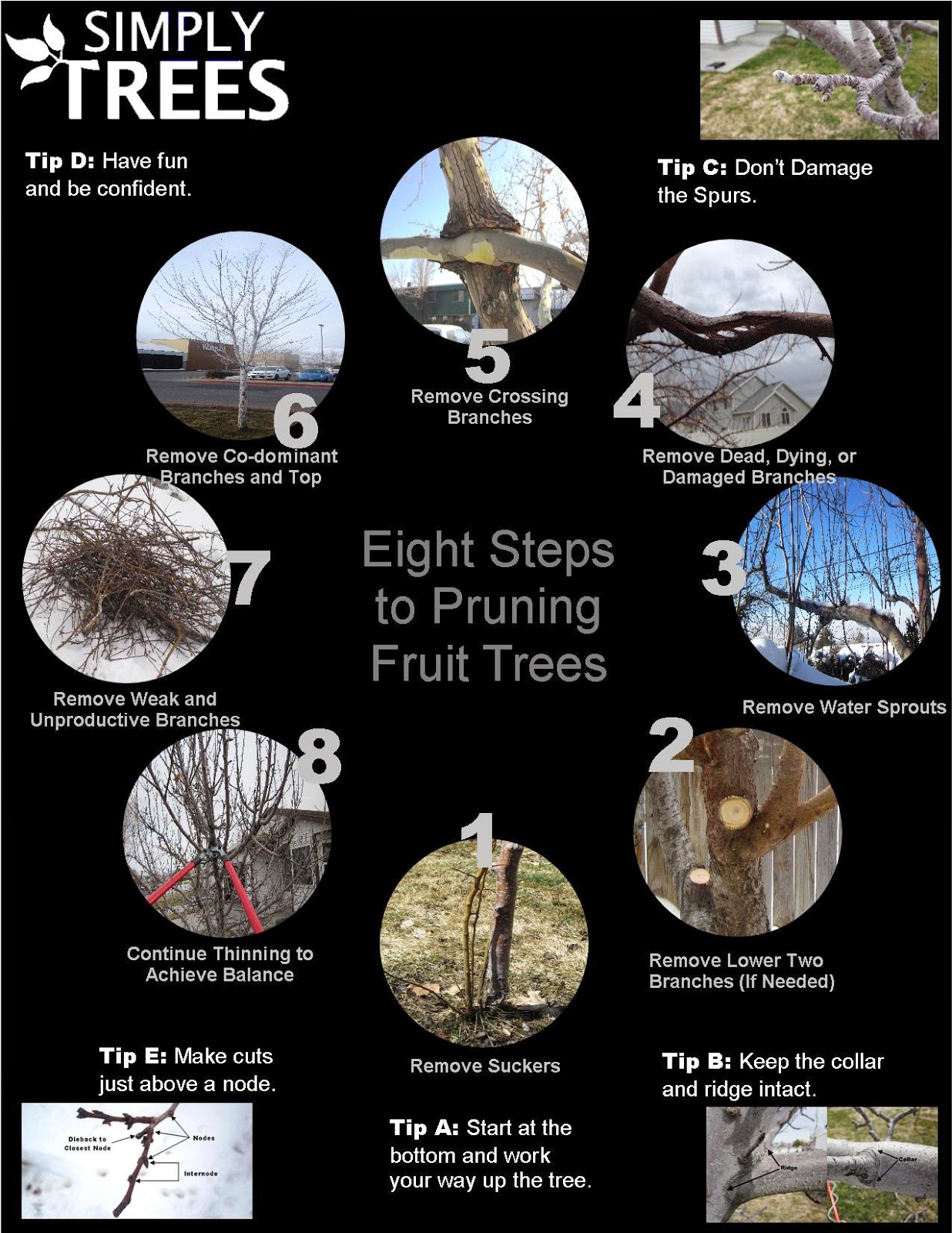When it comes to creating a landscape that prospers, understanding the art of tree pruning is a must. Envision being able to sculpt your trees with precision, guaranteeing their vitality and charm for many years to come. By finding out the essential strategies for appropriate cuts, timing, and structural training, you hold the trick to a successful exterior room that will excite all who experience it. But exactly how do these trimming methods truly affect the health and wellness of your trees and the general landscape visual?
Proper Trimming Cuts for Tree Health
When it concerns preserving the health and wellness of your trees, making appropriate trimming cuts is crucial. Wrong cuts can result in illness, insect infestation, and total tree decline. To make certain the vitality of your trees, always start by using sharp, clean tools to make specific cuts.
Begin by determining the branch collar, an inflamed location where the branch attaches to the trunk. Reducing simply outside the collar helps promote appropriate recovery and lowers the threat of infection. Avoid leaving stubs as they can welcome insects and diseases right into the tree.
Keep in mind to make cuts at a slight angle, sloping far from the trunk, to avoid water from pooling on the wound. Additionally, get maintenece of any type of dead, harmed, or crossing branches to improve air flow and sunshine penetration.
Timing and Regularity of Trimming
To preserve the wellness and structure of your trees, understanding the optimum timing and frequency of pruning is crucial.
The best time to prune trees is generally during the inactive season in late winter months or early spring. Trimming throughout gardening services west auckland promote brand-new growth once the tree starts budding in the spring.
However, some trees, like spring-flowering ones, are best pruned right after they complete flowering to stay clear of removing next year's blossom buds.
Routine pruning is crucial, yet the regularity relies on the tree types and its development price. For the majority of trees, an annual examination to eliminate dead, unhealthy, or crossing branches is advised. Young trees may need more frequent pruning to develop a solid structure, while fully grown trees might just require upkeep pruning every few years.
Stay clear of pruning throughout the loss when illness are a lot more conveniently spread, and refrain from hefty trimming throughout the summertime when the tree is actively expanding.
Educating Young Trees for Framework
For establishing solid and healthy and balanced trees, training young trees for optimal framework is necessary. By shaping a tree when it's young, you set the foundation for a tough and visually attractive mature tree.
Begin by determining the central leader, which is the main upward-growing branch. Motivate the main leader's development by pruning away competing leaders, helping the tree create a strong main trunk. In addition, get rid of any kind of branches that expand inward or downward, as they can trigger architectural problems as the tree grows.
It is essential to area out lateral branches uniformly around the trunk to promote well balanced growth. As the tree develops, remain to check its growth and prune as required to maintain its shape and framework.
Properly educated young trees are much less most likely to develop weak crotches or jammed branches, lowering the risk of damage during tornados. Investing time in training young trees will repay with a wonderfully structured and resilient tree in the future.
Final thought
Now that you have grasped the necessary techniques of tree pruning, your landscape gets on its means to flourishing. By utilizing sharp tools, making precise cuts, and properly timing your pruning sessions, you are making certain the wellness and longevity of your trees. Remember to on a regular basis inspect and maintain your trees to keep them growing. With your newfound understanding, your landscape will continue to grow perfectly for many years ahead. Maintain the great work!
